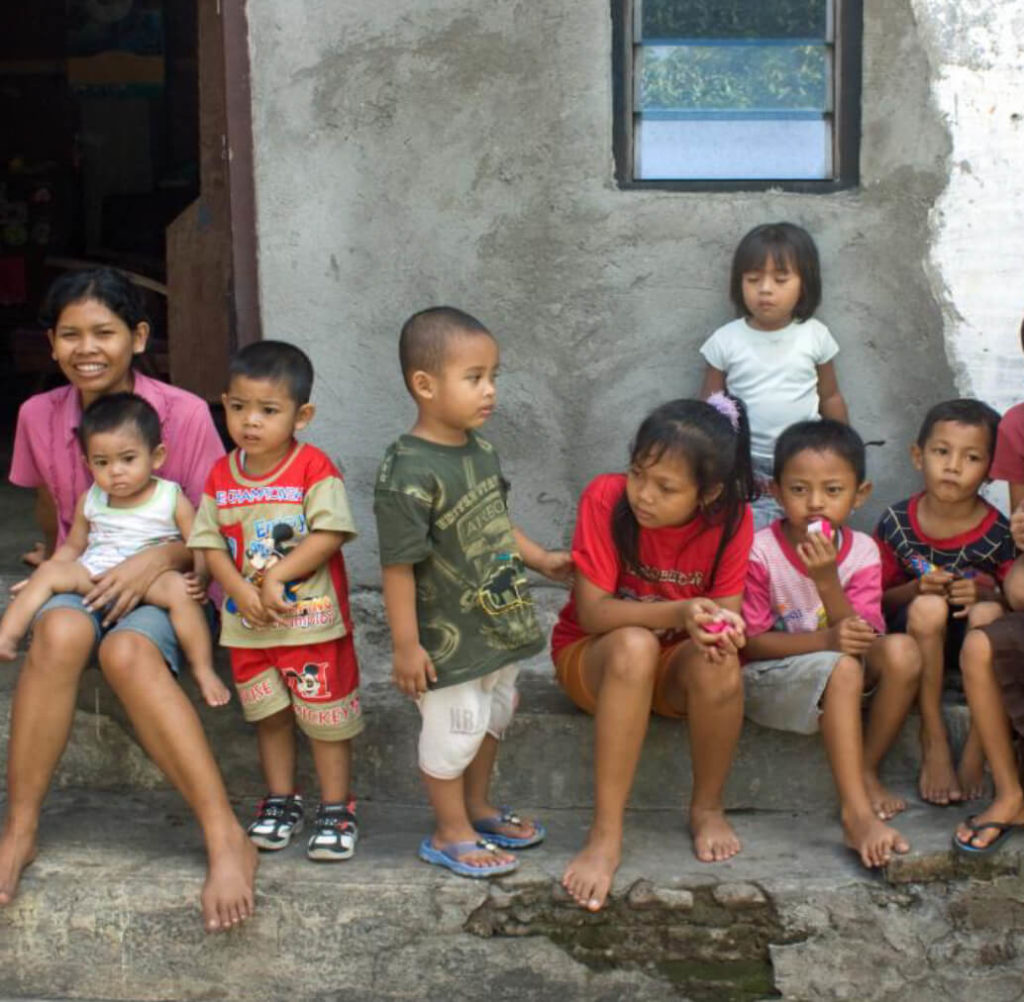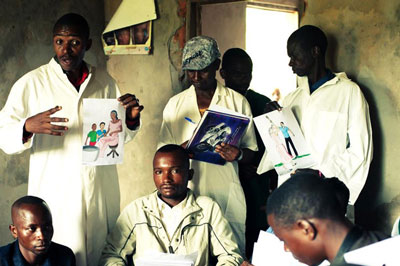Modeling the Cost-Effectiveness of Multi-Drug Resistant Tuberculosis Diagnostic and Treatment Services in Indonesia
Modeling the Cost-Effectiveness of Multi-Drug Resistant Tuberculosis Diagnostic and Treatment Services in Indonesia
Some countries have made great strides in expanding Tuberculosis (TB) control over the last few years, with significant assistance from donors, such as the Global Fund (GF) for Acquired Immune Deficiency Syndrome (AIDS), TB and Malaria. While there is still substantial donor funding for TB programs, these funds are expected to diminish in countries that have improving economies. Even in these countries there may still be a need to scale-up TB services, especially to deal with multi-drug resistant (MDR) TB which represents a major challenge. These countries will need to provide increased domestic funding but in most cases domestic resources will be limited and there will be competing health demands. TB services will, therefore, need to be cost-effective, efficient and affordable.
This will not be possible without a good understanding of the cost-effectiveness of the TB program in general, and of Multi-Drug Resistant Tuberculosis (MDR-TB) services in particular given the high costs of those services. A model has, therefore, been developed to do simple cost-effectiveness comparisons of the provision of the main elements of MDR-TB services – diagnosis and treatment. The model was designed for use by TB control program managers to help them conduct such analysis and has intentionally been made as simple as possible since skills in costing and in the use of such models are often weak. The model was used to cost MDR-TB diagnostic and treatment services at Moewardi Hospital in Surakarta, Indonesia. The 2009 MDR-TB cohort comprised 144 patients, of which 68 were cured and 3 completed treatment and were presumed cured, resulting in a 52% cure rate (Table 2). The remaining patients failed, defaulted, died or were transferred out. This performance reflects the fact that this was the first cohort of MDR-TB patients. The total program cost came to USD 687,512. The individual cost of treating and curing a patient was USD 5,589; the average program cost per patient cured was USD 9,683; and the average program cost per death averted was USD 15,237.
The data are from only one hospital and the prices have not been adjusted to fit the treatment period and so the results are not considered robust enough for international comparisons. This can however be addressed by conducting the same study at the 4 other hospitals in Indonesia, adjusting the prices for inflation and adding an indicator using DALYs.

